Introduction:
Praveen Batta with 16 years of experience in various technologies. Started my carrier with Linux administration and extended to Storage, Open stack cloud, VMware cloud with SDN integrations of Juniper Contrail and VMware NSX. Worked on multiple domains Finance, Enterprise, Telecommunications.
Intended Audience:
This article is intended for the techies like admins, consultants, architects who are looking to start working on Telco solutions provided by the VMware.
Telco Architecture
Before understanding how VMware is helping Telco business, let's understand the requirements of the Telco industry is.
- Telecom network functions [Network functions] are the devices that provide network functionalities to the Telco industry. And these are called Physical network functions [PNF]. Examples are DU [Distributed Unit], hardware routers, firewalls, load balancers.
- There is a need to virtualize the PNFs for multiple reasons. Like, reduce CAPEX and OPEX, free from vendor locking, scalability (scale-out / scale-in, Scaleup / Scale down). And these are converted into virtual network functions [VNF] and CNF [Cloud native network function]. It means, the functionality of a network function is decoupled from the physical device and introduced software version of those which can be placed in a VM to make it VNF or in a container to make it CNF.
- But, where to place this VNF/CNF? It needs a platform to implement these network functions and support the evolution of VNF and CNF.
That platform is known as VIM in NFV terminology. - To support the above requirement (Much more than this), ETSI [European Telecommunications Standards Institute] is guiding with its standards and we have NFV [Network Functions Virtualization] architecture to achieve this. And this is one of the core technologies supporting 5G.
- Lot of VIM providers are like Openstack, VMware – VCD, VIO, Nokia CloudBand Infrastructure software (CBIS) are serving the Telco needs successfully.
Redhat Openstack NFV model:
VMware NFV model:
Note: We will discuss in depth of these models in upcoming blogs.
- Extensive development in virtual networking by Juniper, VMware, Cisco etc to suffice the Telco needs.
- Some of the VNF managers Nokia, Huawei, Ericsson are playing a role in the NFV MANO (Management and Orchestration) are playing great role in VNF life cycle management.
Telco Requirements / Challenges
Now let’s understand the core requirements and challenges of the Telecommunications.
Telco NFV challenges:
- Migrate their traditional networks to cloud to support their NFV and supporting below requirements:
- Supporting transport and routing protocols for Telco virtual routers.
- Tenant based network isolation
- End-to-end connectivity between virtual networks and physical networks.
- 5G CNFs require advanced networking services to support receive and transmit at high speed with low latency. The realization of advanced network capabilities must be achieved without deviating from the default networking abstraction provided by Kubernetes.
2. Telco workloads demands for high packet rates and high throughput. And with low Latency and Jitter.
Basically, telco traffic is categorized into below workloads:
- Control plane workload: Signaling traffic between components
- Data plane workload: End-user traffic like video streaming, video optimizers, interactive gaming, Mobile packet core, user plane function (UPF), virtual routers etc. And these traffics will demand for high bandwidth especially in the context of 5G.
3. RAN [Radio Access Network]. This is the set of devices or network functions that connects end-user devices like mobile, laptop to the core telecommunications network.
See below picture for high level understanding of RAN:
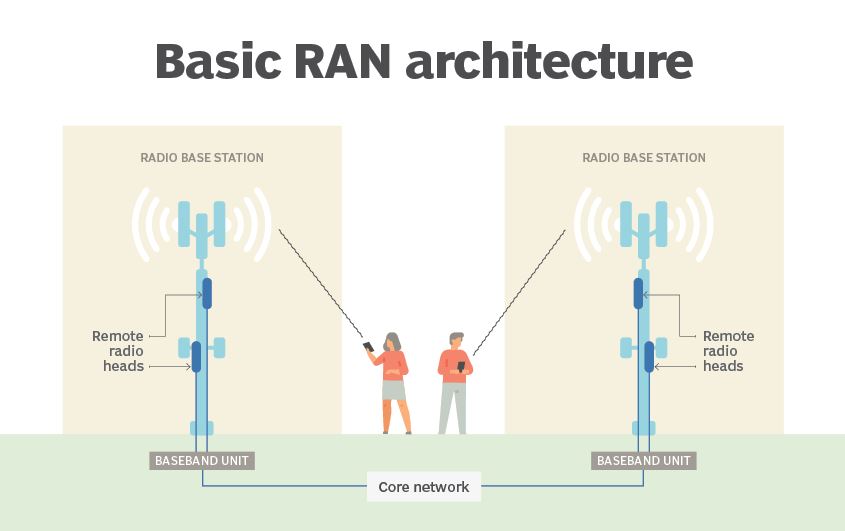
Source of the picture: TechTarget
Telco customers are facing issues with legacy RAN infrastructure with respect to vendor locking, dedicated hardware, underutilization of the equipment, inflexibility with regards to varying needs for frequency, bandwidth, latency demands, etc.
4. Telco infrastructure will spread across multiple sites and with a huge number of VNF's and CNF's.
For example: for Tier 1 providers there can be around 100s of DU’s [Distribution unit] running on infrastructure with lag of servers on the far edge.
In turn, this leads to misery to administrators to manage the life cycle management of network functions.
5. Along with accuracy in the deployment, time is one more constraint that bothers the CSP’s [Communications service provider].
6. Lot of Real-time scheduling, real-time kernel with the minimum processing time of DU’s. And CPU isolation, BIOS tuning, PTP [Precession time protocol] support, and lot more is in demand.
7. Orchestration with broad multivendor support.
8. Telco requirements also demand for network automation, and this has become a key priority in the recent past.
This is the blog which is written to make anyone comfortable in starting their work in the Telco domain. Will add more blogs to continue this study.
Hope this helps.

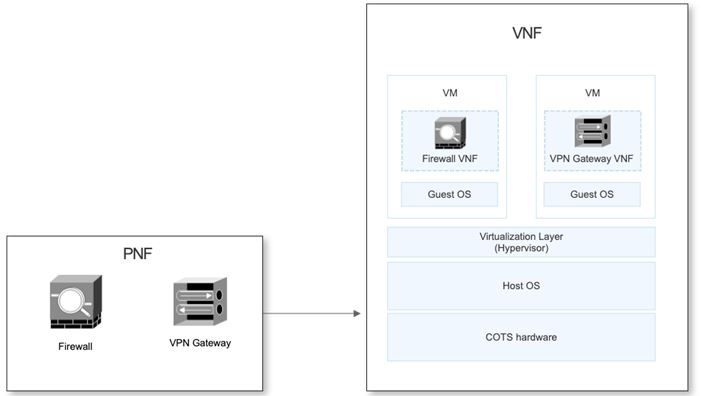
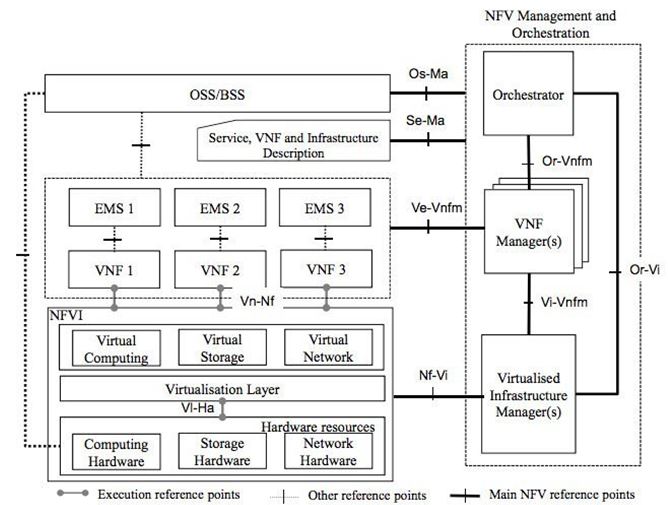
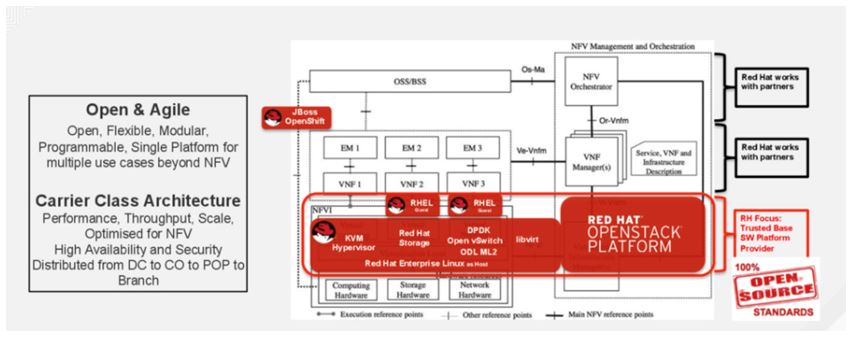

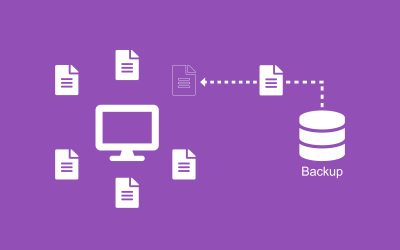

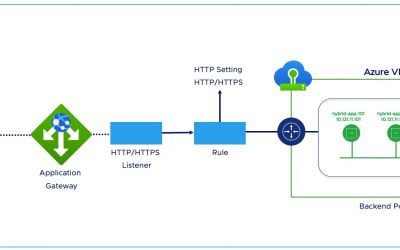

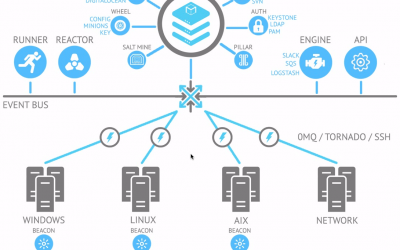
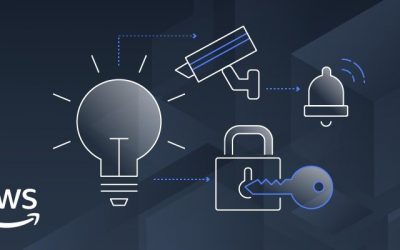
0 Comments